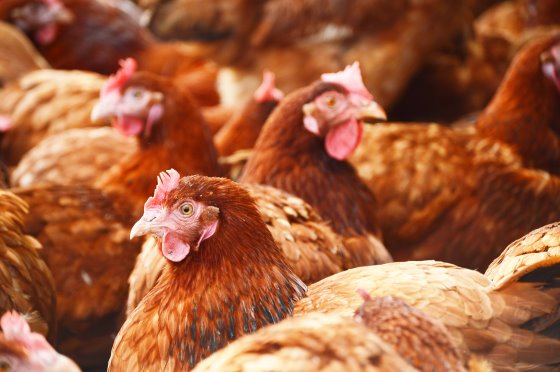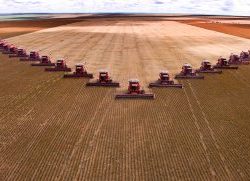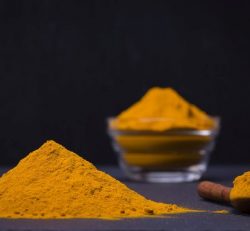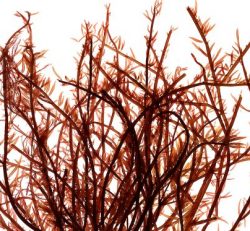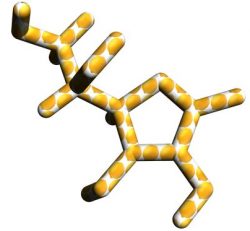TOWARDS MORE COMPLEX DIETS IN LAYERS
The production of eggs is moving faster and faster due to an increased awareness of animal welfare. In the last 10 years, egg producers have seen great changes in the way laying hens are managed and allocated in farms. It is already well accepted that egg production in cages will soon be a thing of the past in Europe. Moreover, beak trimming practice has seen its days as more and more EU countries has already banned it or are in process to do so.
Managing laying hens in such future circumstances will require a holistic approach to optimise breeding of untrimmed laying hens to avoid feather pecking, vent pecking and cannibalism. Selection of hen’s strains (brown vs. white), enrichment devices, litter substrates, environmental control, light intensity, flock homogeneity and nutrition are among the many factors to be addressed.
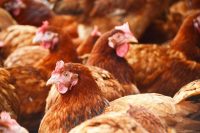
There are multiple tools to optimise nutrient retention and laying performance, feed enzymes being one of the most cost effective and widely accepted by nutritionists. Photo: Shutterstock
Nutritional influence on feather pecking
Dietary deficiencies caused by inaccurate or insufficient contribution of nutrients has been reported to increase feather pecking and cannibalism (birds fed with insufficient mineral, protein or amino acid levels). Nutritional factors seem to reduce feather pecking if they can increase foraging behaviour, feed intake time and satiety.
A well accepted approach is to feed mash diets instead of pellet or crumbles, decreasing diet density through increasing its insoluble NSP content and its particle size (coarsely ground). The premise is that laying hens increase the time spent on feeding behaviour and therefore show less feather pecking behaviour. However, diet dilution and increased levels of insoluble NSP aiming to improve welfare may lead to an increase cost of feed per kg of egg produced through decreased laying performance.
Maintaining performance in changing diets
It is very clear that we are moving towards more complex diets with an increased and more diverse NSP composition, where the use of alternative raw materials (sunflower meal, wheat bran, rapeseed meal, DDGS, triticale or barley) with high fibre content and lower nutritional value will play a fundamental role.
Moreover, the commonly accepted maximum inclusion rates of these alternative raw materials as well as crude fibre levels are to be challenged. Therefore, it is more than ever crucial to optimise nutrient retention and performance of these complex diets to the maximum.
Role of feed enzymes
There are multiple tools to optimise nutrient retention and laying performance, feed enzymes being one of the most cost effective and widely accepted by nutritionists. Feed enzymes availability and offering in the market is varied and widely diverse making it crucial to evaluate thoroughly the product or products that might fit better to every laying hen nutritionist’s specific goals.
The product of choice needs to be of high complexity to target a more and more complex feed substrate. It should supply multiple NSPases and other hydrolases such as protease and alpha-amylase, which enhances the action of the endogenous digestive enzymes, to ensure the most efficient nutrient retention from the feed. It should contain both fungal and bacterial enzymes, to be active throughout the GIT ensuring the highest nutrient release.
Non GMO multi-enzyme
Kemzyme Plus Dry has been optimally designed to have maximum functionality on complex diets of laying hens. It allows more flexible feed formulation with higher levels of crude fibre and higher inclusion rates of by-products, keeping diet efficacy and increasing laying hen welfare in challenging conditions. It is the only non GMO multi-enzyme system derived from multiple microbial fermentations with 3 declared enzyme activities for the degradation of structural NSP (xylanase, cellulase and beta-glucanase) and 2 declared enzyme activities to enhance the action of endogenous enzymes (alpha-amylase and protease).
Due to its non GMO origin it can be used in organic farming, which is a growing trend in egg production; and each of the 5 enzyme components contains its own range of side activities, so in total 42 enzymes are present. Trial results in different conditions have demonstrated a massive return on investment when it is used at low dose (250 g/ton of complete feed).
Source: www.allaboutfeed.net


